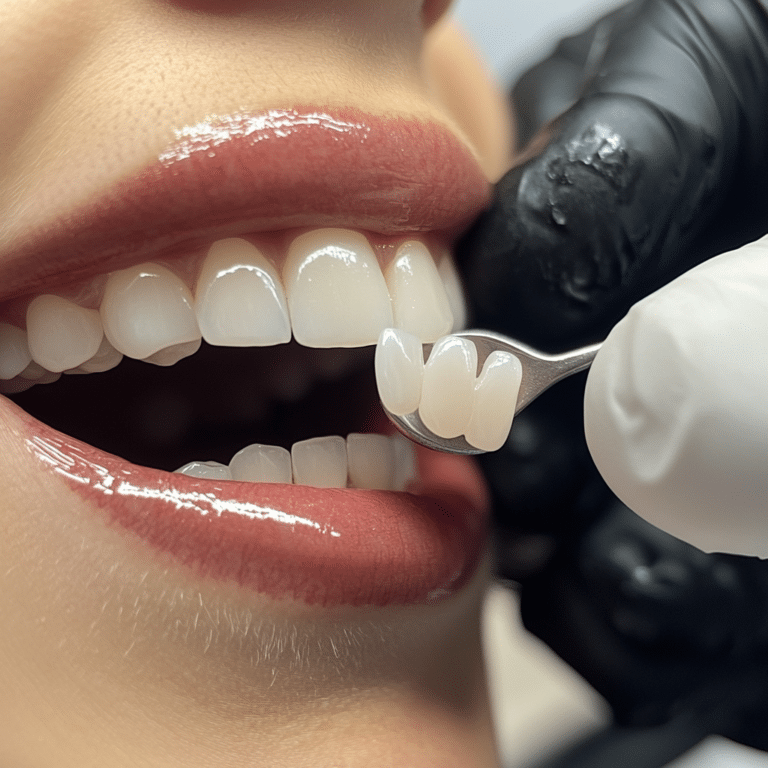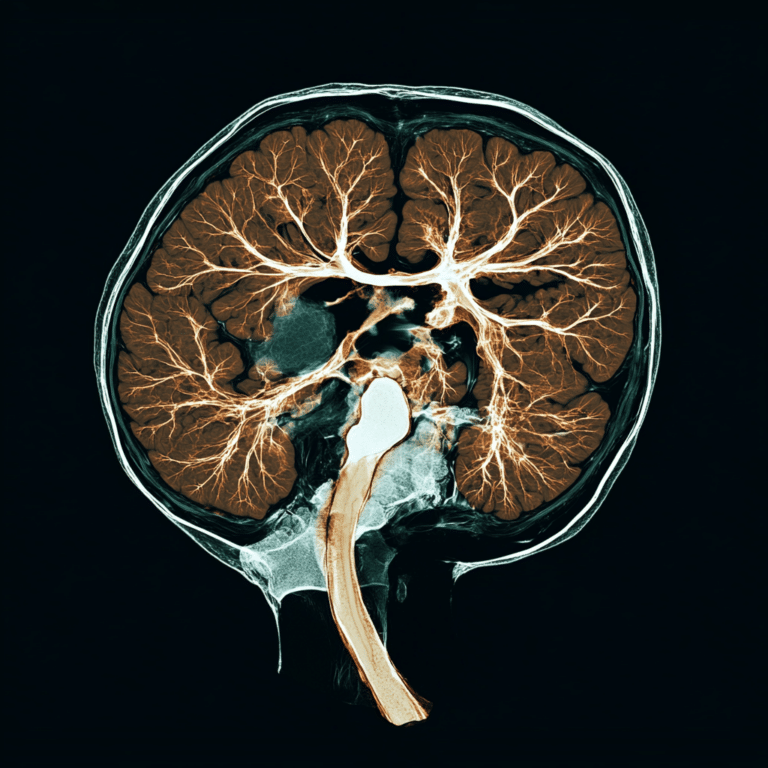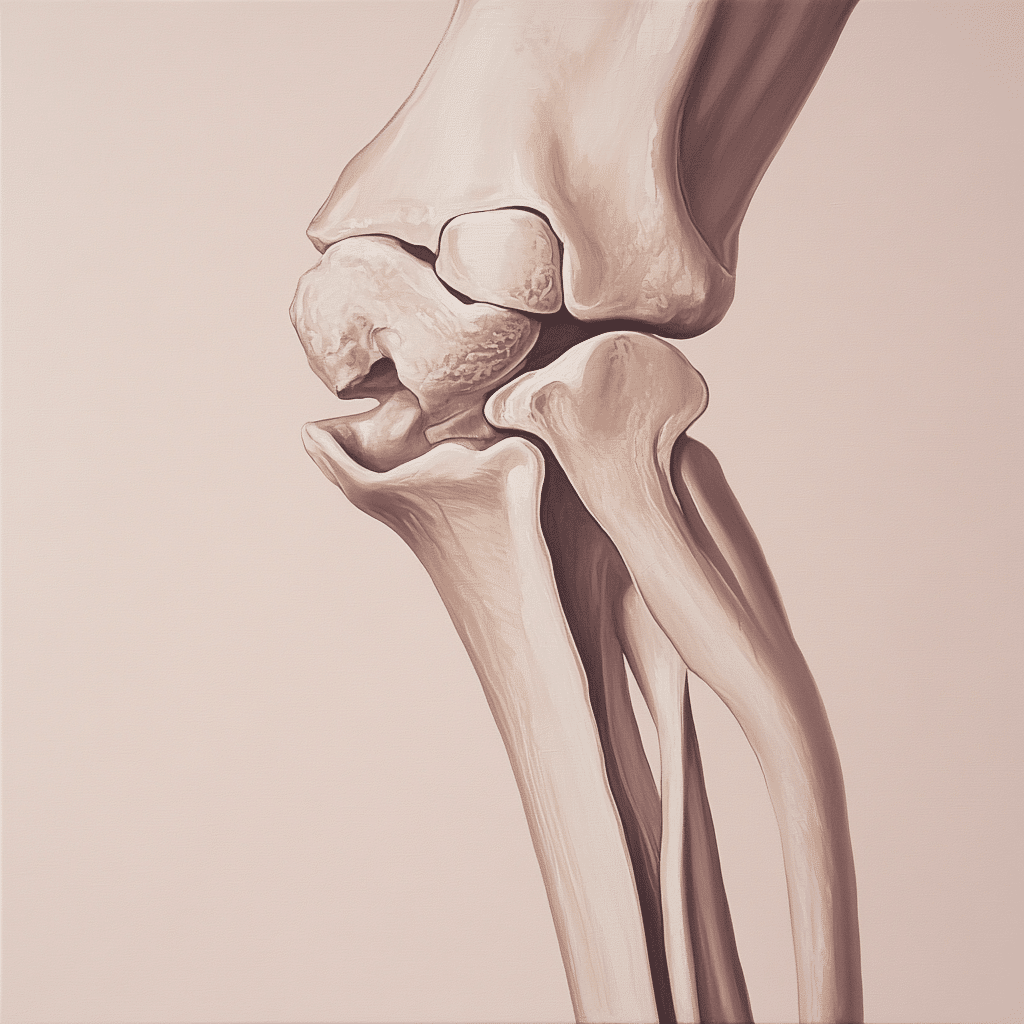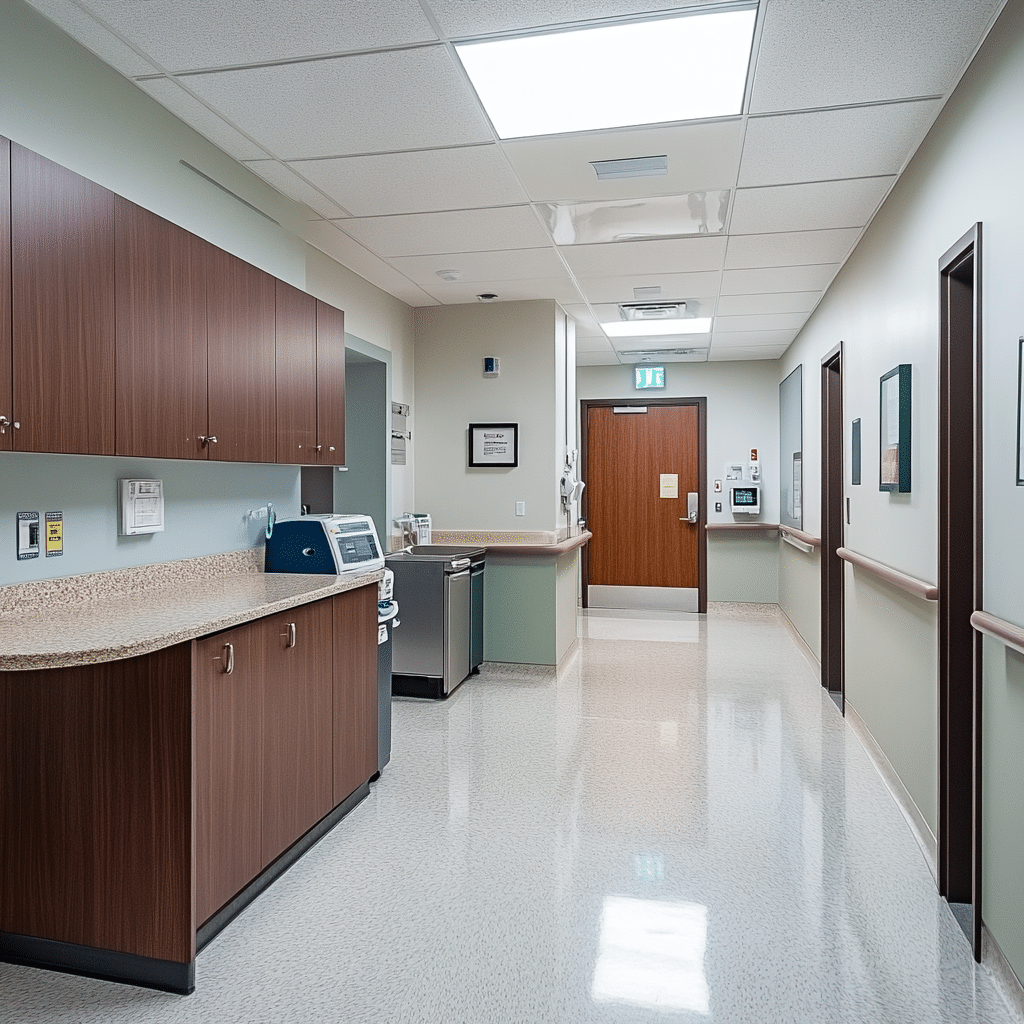The femoral region plays a pivotal role in our anatomy. This area, rich with bone, muscle, and nerves, is crucial for movement and strength. When we break it down, we can appreciate how these elements work together to propel us through our daily lives, from lifting weights to sprinting at full speed. By exploring the femoral components, we’ll not only understand our bodies better but also discover how this knowledge can enhance our fitness regimes, helping us get shredded and achieve those impressive six-pack abs.
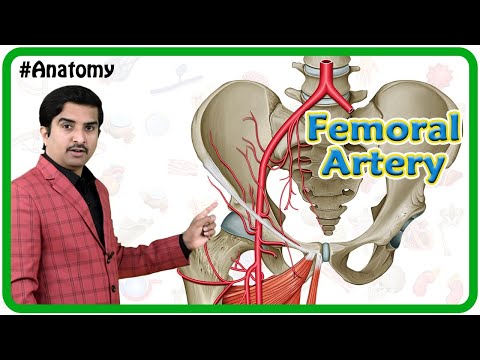
Femoral Functionality: Exploring Its Critical Role in Human Anatomy
Our femoral anatomy is much more than just a cluster of muscles and bones; it’s a dynamic system that supports everything we do physically. Think about it. Every time you move, the connections within this region come alive. From your morning jog to lifting heavy dumbbells, the femoral area is at work. Understanding this is key if you want to maximize your performance and achieve the physique of your dreams.
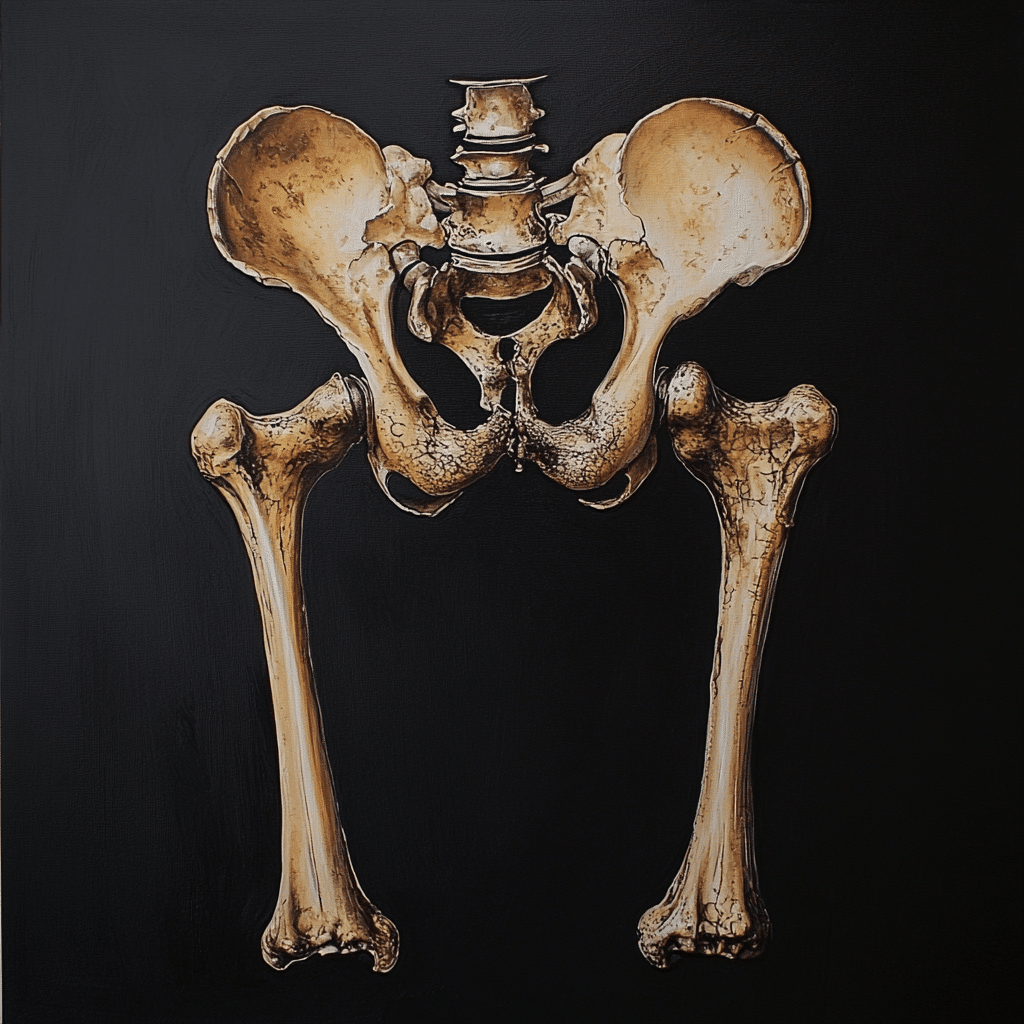
Top 7 Insights on Femoral Anatomy and Its Interrelations
1. The Structure of the Femur: More Than Just a Bone
The femur, the longest bone in the body, stands out as a pillar of strength. It’s not just about its length, though; the femur offers immense support during weight-bearing activities. Look at athletes like Usain Bolt! His powerful strides and leaps showcase the femur’s strength and adaptability under pressure. The forces involved in running or jumping can strain the femur, but it’s designed to handle intense loads and deliver explosive performance.
In weight training, the femur’s proper alignment aligns with your body’s mechanics to avoid injury. That’s why ensuring strong muscles surrounding it, particularly the quadriceps, hamstrings, and calves, is essential for stability. Whether you’re squatting or deadlifting, keep in mind that your femur is doing heavy lifting too!
2. The Femoral Nerve: A Vital Pathway
The femoral nerve, branching from the lumbar plexus, provides vital innervation to the anterior thigh and is responsible for knee extension. This nerve makes mobility possible, allowing us to perform dynamic movements without a hitch. Just think about your favorite athlete, maybe Rafael Nadal. His speed and agility on the court depend on a healthy femoral nerve.
What about when things go wrong? Injuries, especially during surgeries on the knee, can impair this nerve. You could face mobility issues that might sideline you for months. Protecting this nerve isn’t just about avoiding injury; it’s about maintaining your agility and athletic performance!
3. Supporting Muscles: The Quadriceps Femoris
The quadriceps femoris, a powerhouse muscle group made up of four muscles, plays a critical role in the femoral area. They are essential for extending the knee, a function required in almost all athletic activities. If you want to run, cycle, or squat effectively, a strong quadriceps group will elevate your game.
Regular strength training can increase the size and strength of these muscles. Think about powerlifter Larry Wheels, whose colossal squats result from dedicated quadriceps development. He demonstrates perfectly that massive power in athletic training stems from strong femoral connections. So, load up on those leg day workouts and ensure your quads are in tip-top shape!
4. Interconnection with the Ureter: An Unexpected Relationship
The femoral anatomy also has an interesting relationship with nearby structures like the ureter. This connection may not seem relevant for fitness enthusiasts but can significantly impact surgical procedures. Pelvic surgeries may unintentionally affect the ureter, leading to complications that even seasoned surgeons must navigate.
Understanding anatomy, including the femoral area, is crucial in these situations. Low-risk, advanced minimally invasive techniques, such as those seen at reputable institutions like Mayo Clinic, can improve surgical outcomes. It highlights the importance of precise anatomical knowledge for fitness enthusiasts and medical professionals alike.
5. Blood Supply: The Femoral Artery and Vein
The femoral artery is the lifeblood of your lower limb, responsible for delivering oxygenated blood. Proper health in this artery is vital for your entire leg’s functionality. Issues like blockage can lead to severe complications like peripheral artery disease.
Recognizing early signs of vascular problems is crucial. Many diabetic patients, including those tracked in studies at Cleveland Clinic, have had their fitness profoundly affected due to femoral artery conditions. Stay vigilant about blood health; it’s essential not only for performance but also for your long-term well-being.
6. Impact of Femoral Injuries: Case Studies
Femoral injuries can be a serious blow, whether they’re fractures or ligament tears. These injuries occur frequently in contact sports, leading to prolonged recovery times. Just look at football star Odell Beckham Jr.; his femoral injury significantly impacted not just his season but also how he approached rehabilitation.
Advanced rehab protocols tailored to individuals are essential for restoring function. The road to recovery may be tough, but understanding the intricacies of femoral injuries can motivate athletes to commit fully to their rehab.
7. Advancements in Surgery: From Replacement to Repair
Surgical techniques for femoral-related conditions have come a long way. Modern hip replacements now often use advanced materials and minimally invasive techniques. Companies like Smith & Nephew lead the charge, helping reduce recovery times and improve outcomes for those experiencing femoral joint issues.
The innovations in surgery highlight the critical connection between femoral health and overall mobility. Keep abreast of these advancements, as they can significantly affect how quickly you get back on track, whether you’re hitting the gym or enjoying life outdoors.
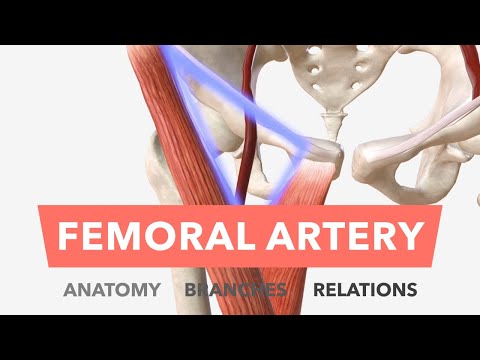
Closing Perspectives on the Femoral Significance
The femoral region is central to how we move and live. By studying its anatomy and functionality, we glean insights that not only inform medical practices but also enhance our fitness routines. Understanding these intricate connections empowers you to make informed decisions about your health and your workouts.
So as you embark on your fitness journey, keep the femoral area in mind. Building strength in this region enhances your performance and aids in injury prevention. It’s time to appreciate this crucial part of your body and use the knowledge to enhance your physical well-being, paving the way to that chiseled physique you’ve always wanted!
Now that you’ve got the lowdown, it’s time to hit the gym and apply what you’ve learned. Let’s get shredded and show the world what your femoral functionality can do!

Femoral: A Look Into Its Essential Function in Anatomy
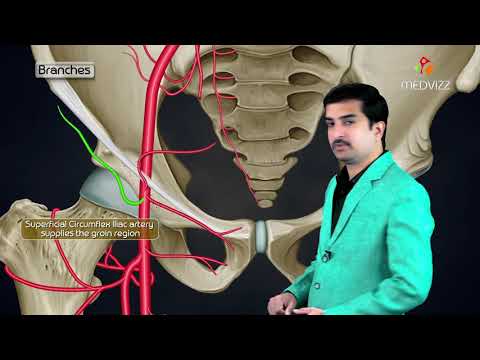
The Vital Link of the Femoral
The femoral structure incorporates the large femur bone, which plays a critical role in human mobility. It’s the longest bone in the body, contributing to balance and support in everything from walking to running. Did you know that the femoral artery, branching from the larger iliac arteries, supplies blood to the thigh and lower leg? Just like a stylish beach bag carries your essentials to the shore, the femoral artery is vital for transporting oxygen-rich blood to fuel movement.
Interestingly, the swelling or injury of any part associated with the femoral area can drastically decrease your ability to perform daily tasks. Think about it: without healthy femoral functionality, even the simplest activities can feel insurmountable. Consider how the musculature around this bone, often strengthened through exercises targeting the anatomy Of The body, significantly impacts athletic performance. A strong femoral region allows elite athletes to leap higher and sprint faster, emphasizing how foundational this area is for physical capabilities.
Beyond Mobility: The Femoral Connection
The femoral also connects to intriguing trivia surrounding our cultural notions. For example, people might have heard of naked Ladies, a plant whose name brings about curiosity yet holds no relation to anatomy. It conjures images of stark contrasts, much like the tension between flexibility and strength found in our femoral regions. The femoral structure supports not just our physical activities but often becomes a vital aspect in discussions around various health issues, paralleling the severity seen in the dangers of something as deceptive as fake Adderall, which can affect overall stamina and health.
Moreover, the intricate biomechanical systems at play, including muscles and tendons connected to the femoral area, facilitate all sorts of movements. These systems harmonize perfectly, akin to a perfectly styled hair pin holding a fancy updo just right. Understanding this complexity enriches our knowledge about the body and encourages us to appreciate how even subtle aspects, like the femoral’s role, contribute to our anatomical well-being. Keep in mind, every small detail has significance, shaping not just our anatomy, but our approach towards health and fitness, too!









